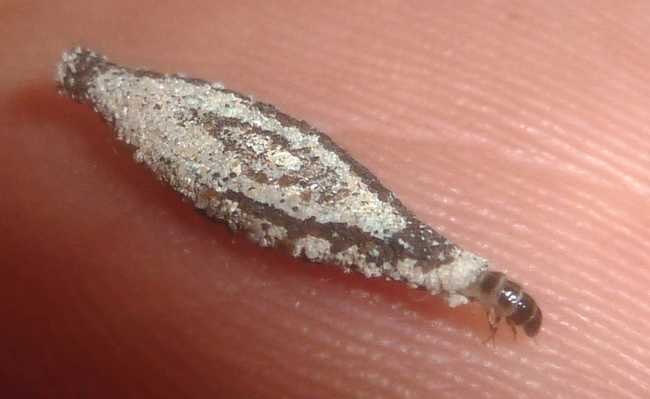Researchers discover more than three thousand chemical components present in human urine
Through the study of urine it is possible to know how the body metabolizes substances contained in food and medicines

Everything in the world is composed of elements and chemical combinations, including the human being. It's no exaggeration to say that knowing some of the mysteries of chemistry allows us to see the universe differently.
Throughout history, many thinkers already intuited that all things were composed of something, whatever it was. Alchemists arose, who performed experiments (from the most bizarre to the most sophisticated) to understand the origin of things and also recreate them.
In 1669, the German Hennig Brand, accidentally discovered the chemical element phosphorus (P), through an unconventional experiment: he believed that urine was a liquid capable of curing all diseases and that it could also be transformed into gold (due to its yellowish color). To do this, he boiled urine and made it go through the condensation process. From there, he managed to create a white paste that, when heated, would combust.
More than 340 years later, scientists are still studying urine, including some who see it as beneficial to health, recommending its daily intake. Recently, Canadian researchers at the University of Alberta have found at least 3079 chemical components in urine, 72 of which are made up of bacteria and another 1453 are remnants of the human body itself. A further 2282 components from diets, drugs, cosmetics and environmental exposure were found.
Due to this wide variety of chemical elements, urine is a rich and inexpensive source of research for scientists to discover how substances contained in foods and medicines are metabolized in our bodies and how much they can harm us. In fact, urine contains this large amount of components due to the functioning of the kidneys, which concentrate certain metabolites in the blood.
To carry out the research, the samples were analyzed by various techniques, such as nuclear magnetic resonance spectroscopy, gas chromatography, mass spectrometry and liquid chromatography. The urine of 22 healthy people was analyzed and over 100 years of scientific literature on the subject were studied.
on the portal eCycle we have already published articles that show the use of urine in the manufacture of sustainable fertilizers (see here) and even in the generation of electricity (learn more).








